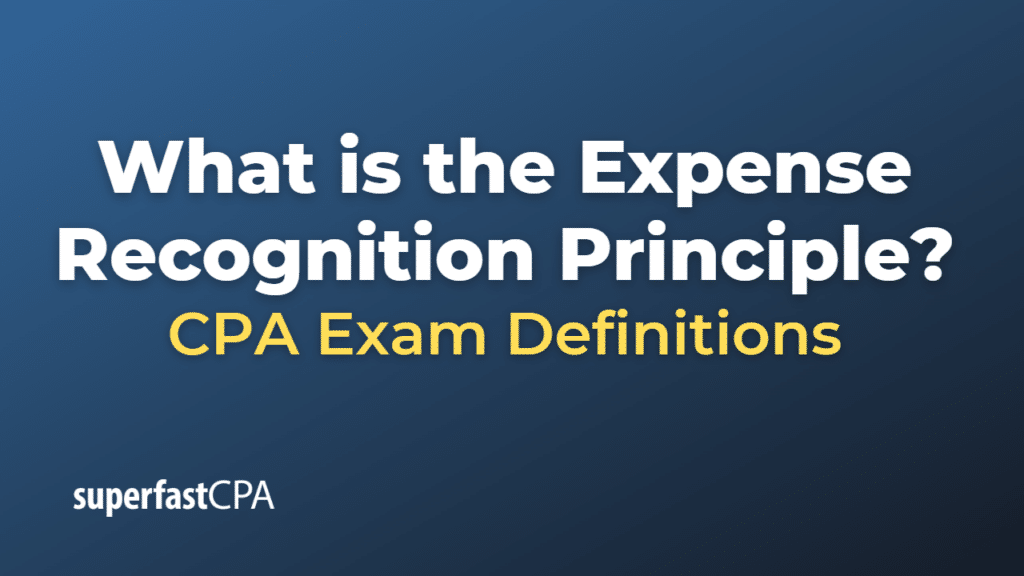Expense Recognition Principle
The expense recognition principle, also known as the matching principle, is an essential part of accrual accounting. It dictates that expenses should be recognized and recorded in the same accounting period as the revenues they are associated with.
The primary aim of this principle is to provide a clear and accurate picture of a company’s profitability during a specific period. By matching expenses with the revenue they generate, the expense recognition principle helps ensure that a company’s financial statements accurately reflect its financial performance.
There are two key aspects of this principle:
- Cause and Effect Relationship: Expenses directly tied to revenue generation should be recognized in the same period when revenue is recognized. For example, the cost of goods sold is recognized when the related goods are sold and revenue is earned.
- Systematic and Rational Allocation: Expenses indirectly tied to revenue generation are spread out and recognized over the periods they benefit. For example, a piece of equipment used in production would be depreciated over its useful life, with a portion of its cost recognized as an expense each period.
The expense recognition principle is one of the fundamental principles in accounting and is widely used in preparing and interpreting financial statements. It is closely associated with the accrual basis of accounting and differs from the cash basis of accounting where expenses are recognized when paid, and revenues are recognized when received, irrespective of the period they are associated with.
Example of the Expense Recognition Principle
Let’s consider a fictional company, “AutoFix Co.”, that repairs automobiles. Here’s how the expense recognition (or matching) principle would apply in two scenarios:
Scenario 1: Direct Expense Recognition (Cause and Effect Relationship)
In March, AutoFix Co. repairs a car and uses $200 worth of parts. The customer pays $500 for the service in March. According to the expense recognition principle:
- AutoFix Co. recognizes the $500 as revenue in March when the service is performed.
- It also recognizes the $200 cost of parts as an expense in March, because this expense is directly tied to the revenue.
The matching principle allows AutoFix Co. to show a net income of $300 ($500 revenue – $200 expense) from this job in March, accurately reflecting the profitability of the job.
Scenario 2: Indirect Expense Recognition (Systematic and Rational Allocation)
At the beginning of the year, AutoFix Co. spends $12,000 on a piece of repair equipment expected to last for 12 years without any salvage value. The equipment will help AutoFix Co. earn revenue over its 12-year lifespan, but it’s not tied to any specific job or month’s revenue. According to the expense recognition principle:
- AutoFix Co. doesn’t recognize the entire $12,000 as an expense in January.
- Instead, it depreciates the equipment, recognizing $1,000 of expense per year ($12,000 / 12 years), or approximately $83 per month.
In this way, AutoFix Co. is spreading the equipment’s cost over the periods it benefits, aligning the recognition of this expense with the revenue the equipment helps generate over its useful life.













